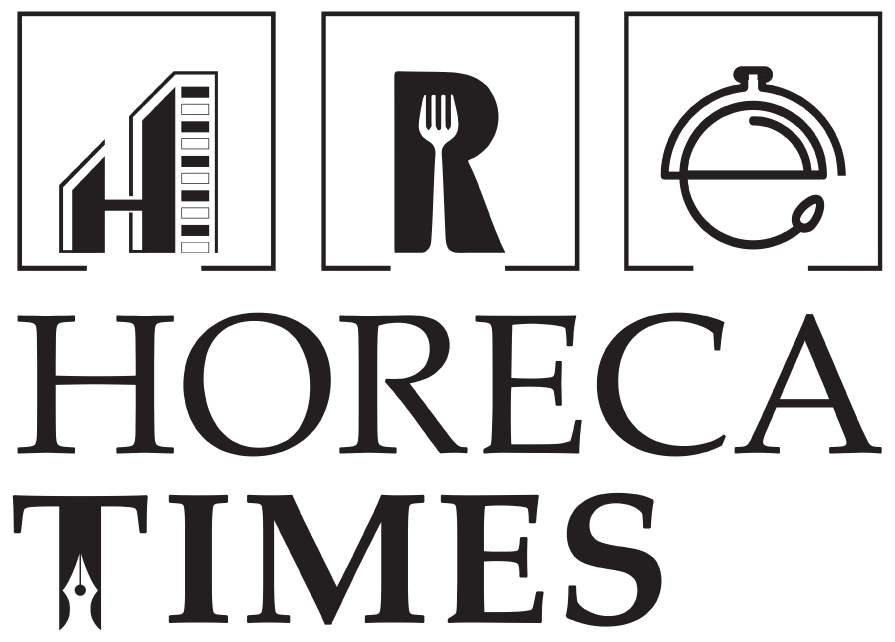
Stephanie Branchu/ifc films via app
Juliette Binoche, left, and Benoit Magimel in a scene from “The Taste of Things.”
Juliette Binoche, right, and Benoit Magimel center, in a scene from “The Taste of Things.”
In the realm of food and film, conjuring a cinematic banquet from famous culinary moments is as easy as imagining a menu. Begin with hard-boiled eggs a la “Cool Hand Luke,” add a side of toast reminiscent of “Five Easy Pieces,” then savor the soup from “Ratatouille.” For the main course, consider the octopus from “Oldboy,” and wash it down with a $5 shake straight out of “Pulp Fiction.”
Since the days of Charlie Chaplin’s dancing bread rolls in “The Gold Rush,” the relationship between cinema and cuisine has been as intertwined as the spaghetti in “The Lady and the Tramp.” Yet, a true food-centric film, one that delves deeply into the world of gastronomy rather than merely showcasing it in passing, is a rare delicacy.
Movies that wholeheartedly immerse themselves in the preparation and enjoyment of food are akin to lavish buffets for the eyes. Think of titles like “Tampopo,” an erotically charged celebration of ramen; “Babette’s Feast,” with its sumptuous banquet; or Ang Lee’s “Eat Drink Man Woman,” a film that nourishes both body and soul with its familial meals.
Adding to this rich tradition is Trần Anh Hùng’s latest offering, “The Taste of Things.” If any film could be described as a feast for the senses, it’s Hùng’s creation. The movie, featuring Juliette Binoche and Benoît Magimel, kicks off with a mesmerizing 40-minute scene set in a late 19th century French country kitchen, where a meal is meticulously prepared.
Butter sizzles, veal loins roast, crayfish are meticulously peeled, and fish are expertly gutted. The kitchen is a hive of activity, with minimal dialogue but a palpable sense of energy. It’s a symphony of culinary prowess, with Eugénie (Binoche), the right-hand woman to top chef Dodin Bouffant (Magimel), showcasing her mastery with quiet confidence. It’s a spectacle rivalling any action-packed set piece.
For Hùng, whose love for cinema was nurtured by his father’s vivid descriptions of movies and his mother’s kitchen, “The Taste of Things” is more than just a culinary tale. Like most films centered on food, its exploration of cuisine is intertwined with themes of love and artistry, drawing inspiration from Marcel Rouff’s classic novel “The Passionate Epicure.”
To Hùng, the film’s mouthwatering opening scene is a tribute to cinema itself.
“In musicals, it’s about harmony and the expression of love and pleasure,” he explains. “All of this was inside of me, and I wanted to express it in this first scene in the kitchen where people move a lot. The level of gesture is enormous. How they move combined with complex camera movement, that came from musicals for me.”
France selected “The Taste of Things” as its Oscar submission over the acclaimed “Anatomy of a Fall,” and at the Cannes Film Festival, Hùng took home the award for best director.
While Hùng appreciates classic food films like “Eat Drink Man Woman,” he believes that many contemporary films lack the cinematic quality he aimed for with “The Taste of Things.”
“Today, I think films are really poor in cinema,” he reflects. “Most of the time, it’s a theme of an important topic of the world today and then wrapped in very poor cinema. It looks like an illustration of a story. To me, there is nothing to eat in that. I don’t feel full when I watch that type of film.”
Despite warnings from some reviews to avoid watching “The Taste of Things” on an empty stomach, Hùng sees hunger as part of the experience.
“No, I think it’s interesting to be hungry, and waiting for the next meal,” he remarks. “I never get panicked when I get hungry. I like to listen to it and wait so that what I have later is more delicious.”
In a world where Instagram feeds are flooded with meticulously crafted plates, “The Taste of Things” stands out for its earthy authenticity. The food depicted in the film is all real, with no artificial enhancements. Renowned French chef Pierre Gagnaire designed the dishes, which were then prepared on location by Michel Nave. Even the final meal, featuring a triumphant pot-au-feu, was made with a staggering 90 pounds of meat.
In the end, the cast and crew of “The Taste of Things” indulged in the fruits of their labor, ensuring that nothing went to waste.
“Everything we did was real,” says Hùng. “So at the end of the day, we had to eat everything. No waste at all.”






